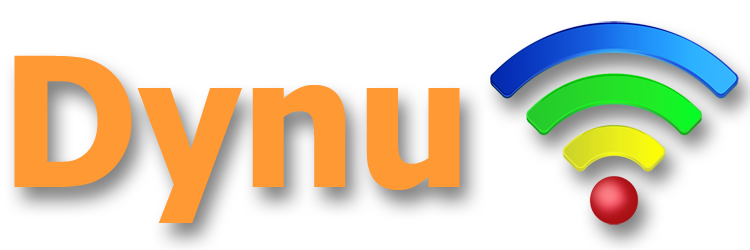DNS Failover Basics
DNS failover is in fact a two-step process. The first step is to actively monitor the health of your servers. Our monitoring servers check every few minutes based on your monitoring criteria to ensure that your service is running. The second step comes into play when downtime is detected. DNS records are dynamically updated in order to resolve traffic to a backup host. Email notifications are also sent out with the critical information on the failure.
If you use failover options that require changing the DNS records for your domain name, you will need to manage your DNS with us. If you simply want to monitor your service and get notified about downtime, you do not have to host your DNS with us.
Pricing
Yes. We offer a 14-day free trial for 3 monitors. You do not need to provide any personal information or credit card number to start the trial. At the end of the 14 days, you can switch to a paid service.
The cost of System Monitoring & Failover service is based on the number of monitors that you set up. To start with, 5 monitors costs $9.99/year. You may check the pricing here.
Yes. You can upgrade to 10, 50, 100 and 500 monitors as per your need.
Monitoring
A monitor is basically a certain criterion that you set up to ensure that your server is up and running. For example, you can set up a port check monitor on port 25 of your mail server if you want to make sure that SMTP is running normally on your mail server.
We currently offer the following monitoring types and are constantly adding more protocols:
HTTP(s) on a given URL
Keyword check on a given URL
Ping on a given host or IP
Port check on a given host and port
Services are monitored on a given host or IP for a variety of protocols including HTTP, HTTPS, DNS, SSL, PING and TCP/IP port. Services monitored include but are not limited to
HTTP: Web server - port 80
HTTPS: Secure web server - port 443
Keyword: Response of HTTP/HTTPS request
SSL: SSL certificate expiration
PORT: Monitor any TCP port connectivity
FTP: File transfer server - port 21
SMTP: - inbound port 25
SSH/SFTP: Secure shell port 22
PING: ICMP echo
A keyword check in a given URL ensures that the right page is displayed, not just any page. This way, you can detect error pages or defaced pages easily and distinguish them from the correct page. Our monitoring server checks for the keyword in the page source returned by the given URL and triggers an alert if the keyword is (not) found. The keyword can be any word on the HTML page or in the page title.
We poll your server as often as the check interval you set up. The check interval can be set anywhere from 5 minutes to 8 hours.
Please whitelist the following IP ranges to ensure proper monitoring.
162.216.242.0/24
142.202.188.0/24
139.144.225.233
2602:ff23:0:8888::/64
2600:3c00::f03c:93ff:fe2b:cc64/64
For this scenario, you will need at least two monitors. One to monitor the SMTP server on port 25, and the other to monitor the web server on port 80. You can also add additional monitors such as keyword check monitor to make sure that the web page is returning the correct content or ping for the server hosts etc.
Getting Notified
Yes, you will get notified. When setting up a monitor, you can set a group of notification contacts who will get alerted when the monitor is down. The contact could be an email address or a mobile phone number to receive SMS.
We offer free email notification and EmailToSMS notification. SMS notifications will be implemented and you can purchase credits for a certain number of SMS.
Failover Actions
You have the following Failover options if your server is detected down:
Disable the failing A record and enable a backup IP for your domain name
Disable the failing AAAA record and enable a backup IPv6 for your domain name
Enable or disable a CNAME record
Enable or disable an MX record
Redirect to a custom URL
Failover to an offline page that displays a custom offline message
If you use failover options that require changing the DNS records for your domain name, you will need to manage your DNS with us. If you simply want to monitor your service and get notified about downtime, you do not have to host your DNS with us.
Due to DNS caching, using a TTL between 60 to 180 seconds for your DNS records is suggested to reduce downtime to a minimum. In DNS, TTL specifies how long a resolver is supposed to cache (or remember) the DNS query before the query expires and a new one needs to be done.
